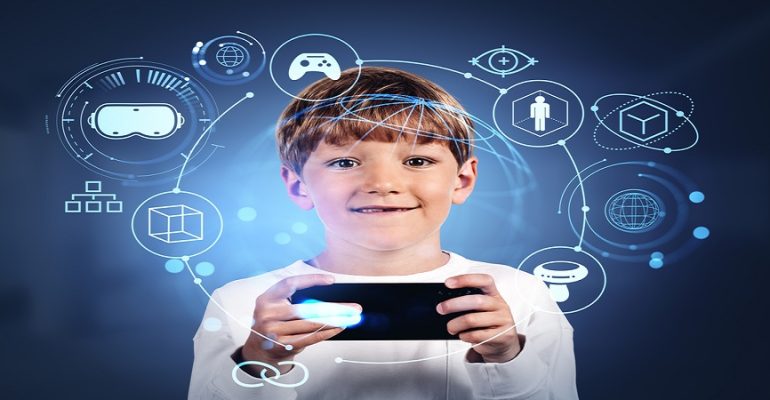
Metaverse Online Education and Virtual Worlds

Metaverse Online Education and Virtual Worlds
Metaverse is one of the hottest topics on the internet these days. Everyday technology brings something new to our daily lives. Metaverse is transforming the education sector in the form of virtual education. Online education is rising its popularity and many educators are looking for better ways to provide interactive sessions with the students.
Metaverse in Education
Metaverse uses VR with decentralized blockchain technology to build an interactive learning environment. This growing interest in the new educational environment may offer a wide range of possibilities and improve the social aspects of teaching & learning. In the virtual learning space surrounded by 3D environments, everyone can participate as their avatars.
Metaverse promotes seamless peer-to-peer connectivity and their implications for development and education are extensive. In such a case, it has the full potential to strengthen community learning. Although the idea of learning and teaching in the Metaverse exists only in our imaginations but is still possible in the current environment.
Central Board of Secondary Education (CBSE) has already collaborated with Facebook (Meta) to incorporate the uses of a Metaverse in education and training. Many high-end schools are setting up virtual laboratories for students to experience the virtual mode of learning.
Advantages of Metaverse in Education
1. New way of the innovative learning experience
Students could have fun and enjoy learning in the Metaverse. Imagine in a history class the teacher reading the lesson from the text, but the students get bored to stay awake, while in the Metaverse students can use their avatars to experience the war, the revolution, and other events.
2. Improves academic performance
Virtual teaching offers the students an efficient way to graphically demonstrate the topics in a step-by-step instruction. Metaverse provides opportunities for them to learn by experiencing the tasks and this will boost their interest in educational activities. It offers classes in chemistry, biology, and world history at many colleges overseas. Many institutions even found that when compared to traditional teaching methods, VR increased students’ satisfaction and performance. When compared to Zoom face-to-face classes last year, the VR history class increase the student’s GPAs by 10%.
3. Reduces the cost of Educational Resources
Lack of resources and budget restrictions are the problems of many colleges. Metaverse can help institutions to overcome these limitations. Fisk University, Tennessee purchased the cost-effective VR cadavers for their pre-med curriculum because the real cadavers are very expensive and difficult to maintain for longer periods.
A human heart can be removed from a cadaver’s chest in the virtual reality lab. Students also will get the experience of holding the heart in their hands, feeling and examining it. The ventricle walls are seen and touched by their hands. They can also compare different hearts of various cadavers and understand the health problems more easily and take decisions according to their health conditions.
4. Virtual interactions close to real life
The Internet allows sending emails, spreadsheets, and PDFs but it does not allow too many participants in a live session and interactive experiences. Some universities around the world are embracing Metaverse technology to get beyond the constraints of the internet and video meeting tools. It completely bridges the gap between the real world and the virtual world. Using Metaverse, users create an avatar and move around a virtual map in a building.
5. Enhances education materials with 3D graphics
Teaching and learning experiences can be improved with the use of 3D visuals. Books can be VR-enabled allowing students to immerse themselves in the content, hear the text, and see diagrams in three dimensions. Students can learn more about historical topics by watching animated videos in virtual reality. If the Metaverse applications are used in exams then it can be made more engaging and students can answer via the case studies to understand better.
Conclusion
Metaverse in education is still in an early phase which has both pros and cons. We should adapt to this technology slowly and gradually. Already eLearning apps are taking learning online and the incorporation of VR and AR technologies will create a new world of learning. Virtual learning can be very attractive to the younger generation and make their learning more innovative.
Sapizon Technologies is leading Metaverse & XR development to deliver immersive solutions to education.
Check out XR solutions to know our offerings.
